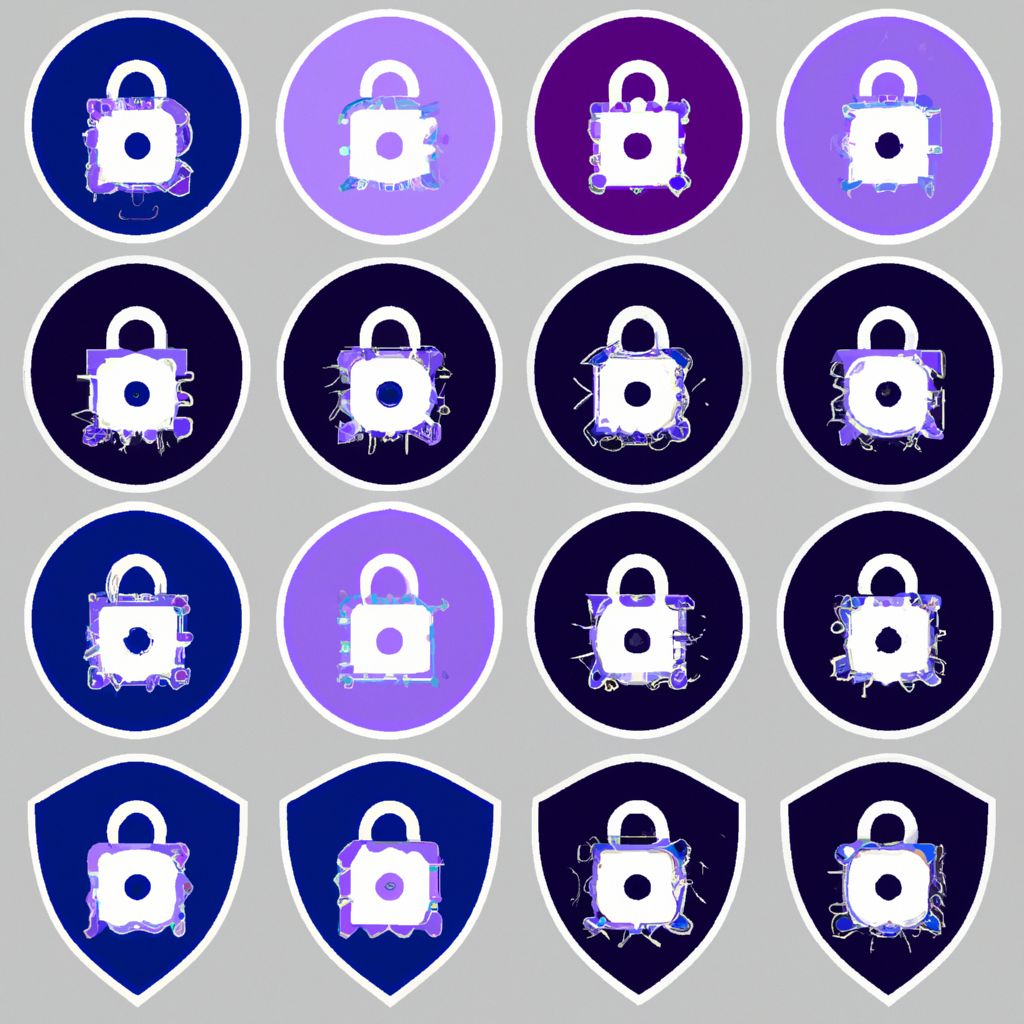Introduction: The Network as the Foundation
Your organization's network is the digital circulatory system, connecting users, devices, applications, and data. Protecting this critical infrastructure is fundamental to overall cybersecurity. Weak network security provides attackers with easy pathways to access sensitive systems and data. Implementing robust network security best practices creates multiple layers of defense, making it significantly harder for threats to penetrate and spread.
Core Network Security Best Practices
A strong network security posture relies on a combination of technologies, policies, and procedures. Here are some essential practices:
1. Deploy and Maintain Firewalls:
- Perimeter Firewalls: Act as the first line of defense, controlling traffic entering and leaving the network based on predefined security rules. Use next-generation firewalls (NGFWs) for advanced features like application awareness and intrusion prevention.
- Internal Firewalls/Segmentation: Use firewalls to segment the network internally, restricting traffic flow between different zones (e.g., separating user networks from server networks or development from production).
- Rule Review: Regularly review and audit firewall rules to remove outdated or unnecessary rules and ensure they align with current security policies and business needs. Implement a "deny-all" default stance, only allowing explicitly permitted traffic.
2. Implement Intrusion Detection and Prevention Systems (IDPS):
- IDS (Detection): Monitors network traffic for suspicious activity or known threat signatures and generates alerts.
- IPS (Prevention): Actively blocks or prevents detected threats in real-time, often integrated into NGFWs.
- Tuning: Keep IDPS signatures updated and tune the system to minimize false positives while maximizing detection rates.
3. Practice Network Segmentation:
- Purpose: Dividing the network into smaller, isolated subnets or zones (using VLANs, subnets, or more advanced microsegmentation).
- Benefit: Limits the "blast radius" of a security breach. If one segment is compromised, segmentation prevents attackers from easily moving laterally to other parts of the network. Isolate critical systems and sensitive data in highly restricted zones.
4. Secure Wireless Networks:
- Strong Encryption: Use WPA3 (or WPA2-AES at minimum) for Wi-Fi encryption. Avoid outdated protocols like WEP or WPA.
- Strong Passphrases: Protect Wi-Fi access with strong, complex passphrases.
- Guest Networks: Provide a separate, isolated guest network for visitors, preventing them from accessing the internal corporate network.
- Hide SSID (Optional but Recommended): While not a strong security measure on its own, disabling SSID broadcasting adds a minor hurdle for casual attackers.
- MAC Filtering (Limited Use): Can provide a small additional layer but is easily bypassed by determined attackers.
5. Utilize VPNs for Remote Access:
- Require the use of secure Virtual Private Networks (VPNs) for all remote access to the corporate network. VPNs create an encrypted tunnel, protecting data transmitted over public networks. Ensure VPN gateways are patched and securely configured.
6. Implement Robust Patch Management:
- Network devices (routers, switches, firewalls, VPN concentrators) have firmware that needs regular patching just like servers and workstations. Apply security updates promptly to address known vulnerabilities.
7. Enforce Strong Access Control:
- Network Access Control (NAC): Implement NAC solutions to enforce security policies on devices attempting to connect to the network. Devices that don't meet security requirements (e.g., missing patches, outdated antivirus) can be quarantined or denied access.
- Least Privilege: Apply the principle of least privilege to network access. Users and systems should only have access to the network resources strictly necessary for their function.
- Authentication: Use strong authentication methods (like RADIUS or TACACS+) for network device administration and user network access.
8. Conduct Regular Audits and Monitoring:
- Log Management: Collect and analyze logs from firewalls, IDPS, routers, and other network devices (using a SIEM system) to detect anomalies, policy violations, and potential security incidents.
- Vulnerability Scanning: Regularly scan the network for open ports, misconfigurations, and known vulnerabilities.
- Penetration Testing: Periodically conduct network penetration tests to simulate real-world attacks and identify weaknesses.
9. Disable Unnecessary Services and Ports:
- Review network devices and servers, disabling any services or protocols that are not essential for business operations (e.g., Telnet, older SMB versions). Close unnecessary open ports on firewalls and hosts.
10. Security Awareness Training:
- Educate users about safe network practices, such as identifying secure Wi-Fi, the risks of connecting unauthorized devices, and reporting suspicious network behavior.
Conclusion: A Continuous Effort
Network security is not a "set it and forget it" task. It requires continuous monitoring, regular updates, periodic reviews, and adaptation to new threats and changing business needs. By diligently implementing these best practices, organizations can build a resilient network infrastructure capable of withstanding the majority of common cyberattacks, protecting critical data and ensuring business continuity.
Disclaimer: This post represents the view of the individual author that wrote it and not necessarily the view of Rarefied Inc.
Looking for professional security testing?
Based on your interest in this topic, you might benefit from our specialized security services:
